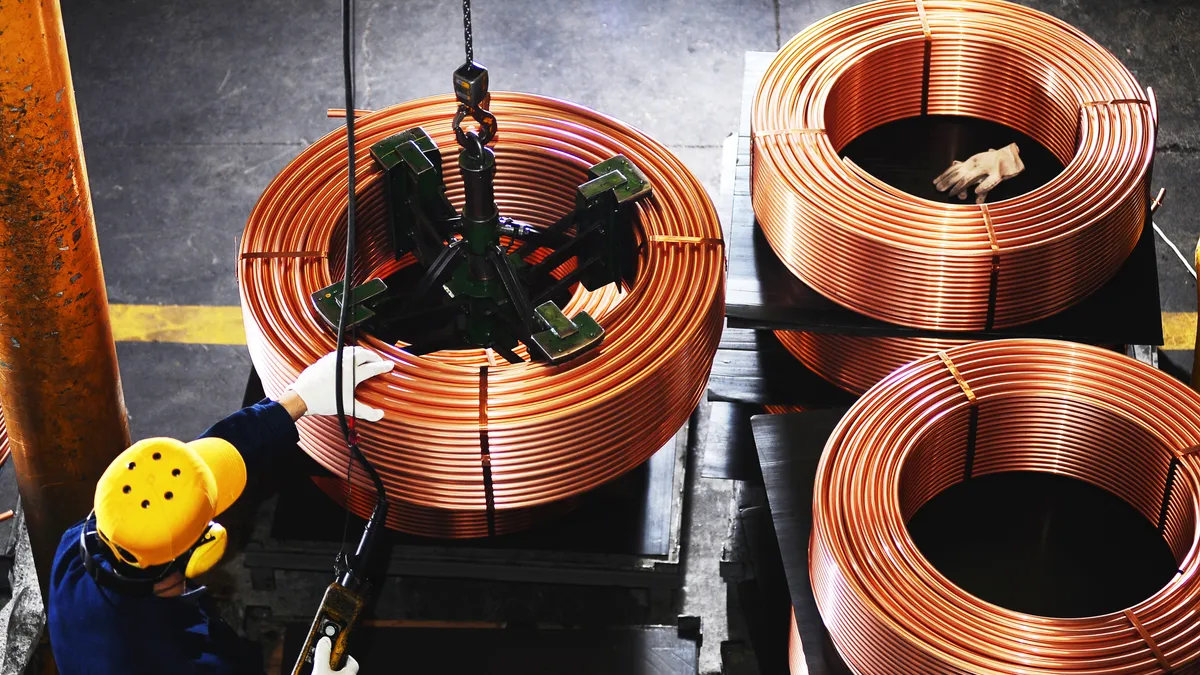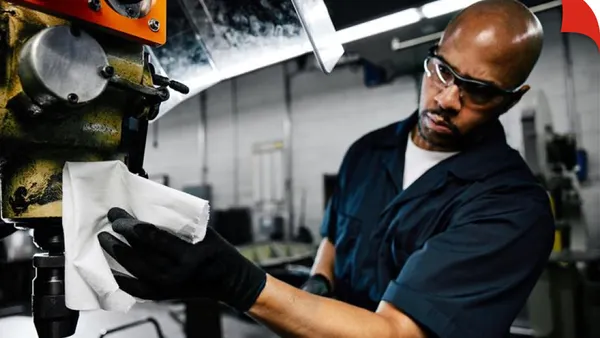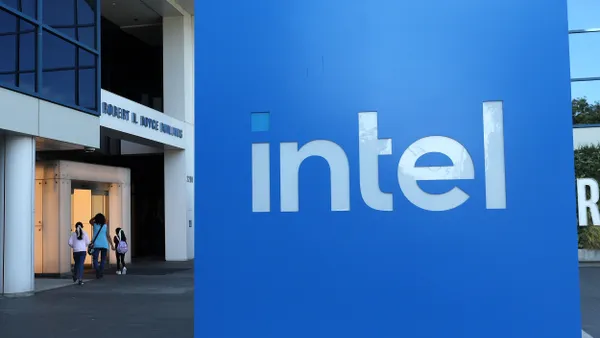The U.S. manufacturing sector continued its slow trudge in July with another month of economic contraction as production remained slow amid low consumer demand.
Despite the streak of low activity, economists said July's performance was a slight improvement from June, with relief possible in the coming months.
The Institute for Supply Management's Purchasing Managers' Index registered 46.4% in July. Companies continued to manage production and headcount in the face of economic headwinds, but at a slightly better rate than June's 46%, a 12-month low.
A reading below 50.0% indicates the industry is in economic contraction.
New orders remained in contraction at 47.3%, 1.7 percentage points higher than June, while production increased slightly to 48.3%, a 1.6-percentage-point bump.
Only two manufacturing industries reported growth in July — petroleum and coal products and furniture and related products. Suppliers are still seeing faster deliveries as customers' order hesitancy leads to excess capacity.
And while employment dropped even further into contraction down to 44.4%, Tim Fiore, chair of the Institute for Supply Management’s Manufacturing Business Survey Committee, noted the downshift is a necessary part of the industry's recovery, as manufacturers rightsize headcounts to match current demand.
Fiore added that companies are pulling on three levers at fairly equal rates to manage headcount, including leveraging attrition, staff reductions and hiring freezes.
"The fact that demand is not contracting as quickly, that output is taking some significant steps to rightsize, and factories with headcount, I see it all as positive," Fiore said. "We're probably in the manufacturing contraction trough, and from here we'll probably start to build out. I don't see it being a dramatic build-out, I don't see a spike, but I do see a slow recovery here."
A second industry performance index, the S&P Global U.S. Manufacturing PMI, was 49.0 in July, up from 46.3 in June, another sign of modest improvement. Like ISM, S&P Global attributed much of the contraction to low order levels but did note that production hesitancy seems to be improving.
"Producers are clearly shrugging off recession fears and planning for better times ahead," Chris Williamson, chief business economist at S&P Global Market Intelligence, said in a statement. "The overall rate of order book decline nevertheless moderated during the month, helped by a slower decline in exports, to help stabilize production."
While manufacturers saw a slight uptick in raw material prices, selling prices held steady for a second month, another sign inflation could be slowing, according to S&P Global.
"There was also good news on the inflation front. The combination of weak demand and improved supply led to a further ‘buyers’ market’ for many goods," Williamson said. "Prices charged for goods consequently barely rose for a third straight month, which should help subdue consumer price inflation in the near term.”












